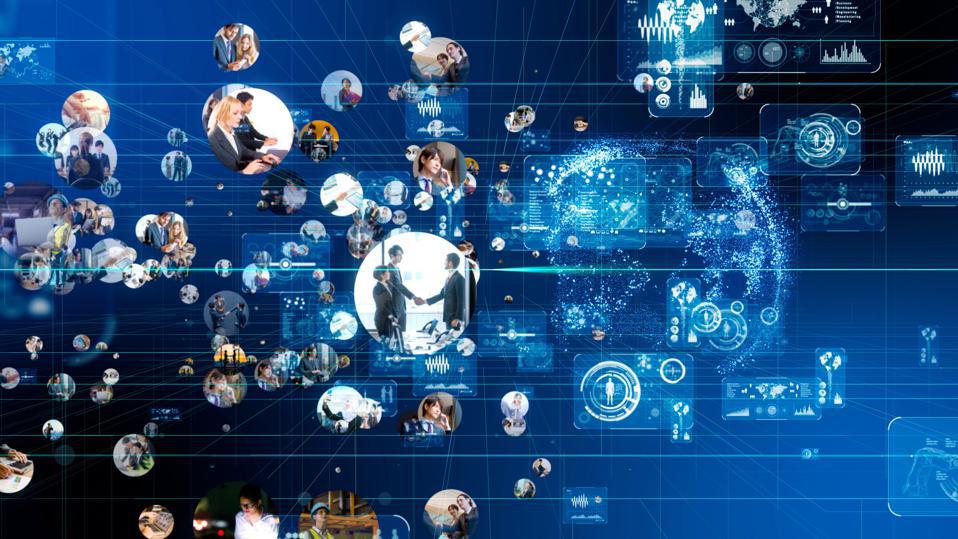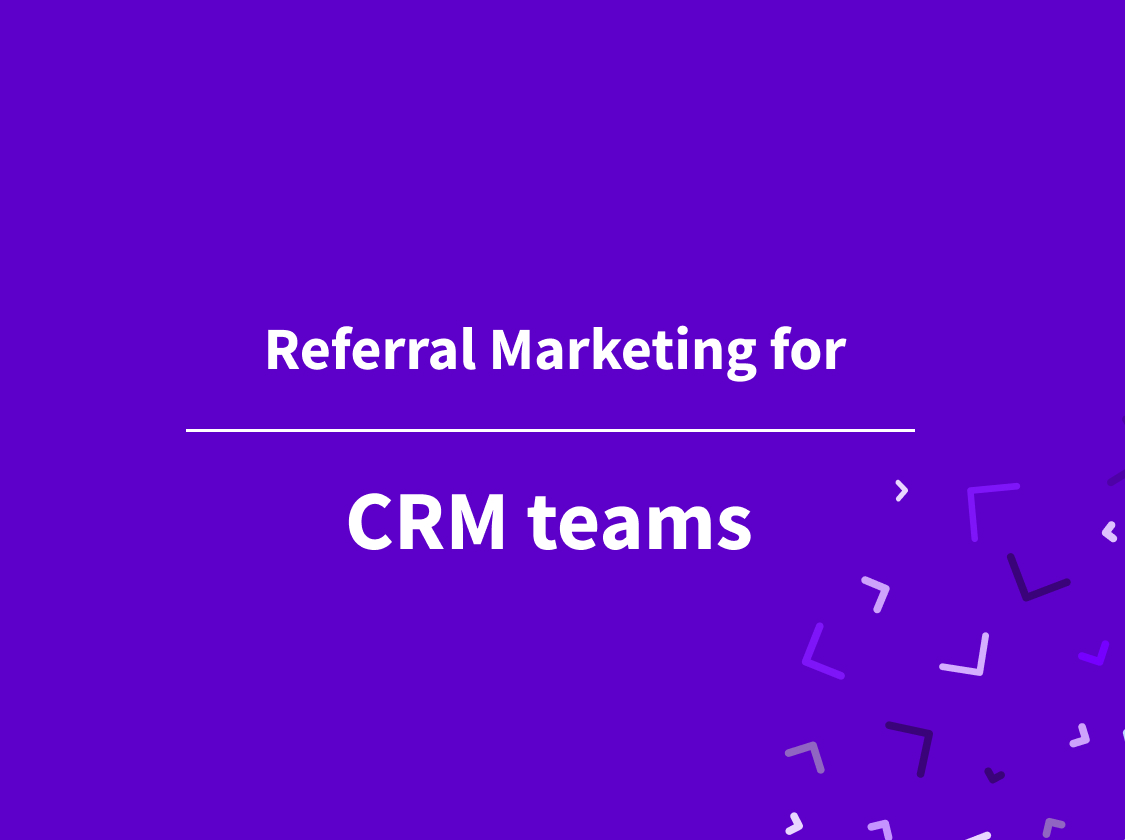In the ever-evolving landscape of modern business, the ability to cultivate lasting customer relationships is no longer a luxury, but a necessity. The convergence of Customer Relationship Management (CRM) systems, sophisticated marketing strategies, and enticing loyalty rewards programs has emerged as a powerful trifecta for achieving this goal. This article delves deep into the intricacies of this synergistic relationship, providing a comprehensive understanding of how businesses can leverage these tools to not only attract and retain customers but also to foster genuine brand loyalty and drive sustainable growth.
The Foundation: Understanding CRM and Its Role
At the heart of this strategy lies Customer Relationship Management (CRM). Think of CRM as the central nervous system of your customer interactions. It’s more than just a database; it’s a comprehensive platform designed to manage and analyze all aspects of your interactions with current and potential customers. From initial contact to post-purchase support, CRM systems provide a centralized hub for storing, organizing, and accessing crucial customer data.
Key Benefits of Implementing a CRM System:
- Improved Customer Understanding: CRM systems provide a 360-degree view of each customer, allowing businesses to understand their preferences, purchase history, and communication preferences.
- Enhanced Customer Service: With readily available customer data, support teams can provide faster, more personalized, and more effective assistance.
- Increased Sales Effectiveness: CRM systems streamline the sales process, enabling sales teams to identify and nurture leads more efficiently.
- Optimized Marketing Campaigns: By analyzing customer data, marketers can create targeted campaigns that resonate with specific customer segments.
- Data-Driven Decision Making: CRM systems provide valuable insights into customer behavior and market trends, empowering businesses to make informed decisions.
The right CRM system will act as the backbone of your customer-centric strategy. It allows you to personalize interactions, anticipate needs, and build stronger connections. Choosing the right CRM depends on your business size, industry, and specific needs. Some popular options include Salesforce, HubSpot, Zoho CRM, and Microsoft Dynamics 365.
Marketing’s Role in Driving Engagement and Acquisition
Marketing is the engine that drives customer acquisition and fuels engagement. In the context of CRM and loyalty rewards, marketing becomes even more crucial. It’s about crafting compelling messages, targeting the right audience, and delivering personalized experiences that resonate with individual customers. This is where the power of data from your CRM system truly shines.
Key Marketing Strategies to Consider:
- Segmentation: Divide your customer base into distinct segments based on demographics, behavior, purchase history, and other relevant criteria. This allows for highly targeted marketing campaigns.
- Personalization: Tailor your marketing messages, offers, and content to each customer segment. This can include personalized email campaigns, product recommendations, and website experiences.
- Automation: Automate repetitive marketing tasks, such as email marketing, social media posting, and lead nurturing, to save time and improve efficiency.
- Content Marketing: Create valuable and engaging content that educates, informs, and entertains your target audience. This can include blog posts, videos, infographics, and social media updates.
- Multi-Channel Marketing: Reach your customers across multiple channels, including email, social media, SMS, and website, to maximize your reach and engagement.
Effective marketing goes beyond simply promoting your products or services. It’s about building relationships, providing value, and creating a positive brand experience. By integrating your marketing efforts with your CRM system, you can track the effectiveness of your campaigns, measure your ROI, and continuously optimize your strategies for better results.
The Power of Loyalty Rewards: Turning Customers into Advocates
Loyalty rewards programs are the icing on the cake of a customer-centric strategy. They are designed to incentivize repeat purchases, encourage customer engagement, and foster a sense of appreciation. When implemented effectively, loyalty programs can transform customers into brand advocates, driving word-of-mouth marketing and increasing customer lifetime value.
Types of Loyalty Rewards Programs:
- Points-Based Programs: Customers earn points for every purchase, which can be redeemed for discounts, free products, or other rewards.
- Tiered Programs: Customers are assigned to different tiers based on their spending or engagement, with each tier unlocking more valuable rewards.
- Cash-Back Programs: Customers earn a percentage of their purchases back in the form of cash or store credit.
- Subscription Programs: Customers pay a recurring fee for exclusive benefits, such as free shipping, early access to sales, or premium content.
- Gamified Programs: Incorporate game-like elements, such as challenges, badges, and leaderboards, to increase engagement and motivation.
The success of a loyalty program hinges on its ability to provide value to your customers. The rewards should be relevant, desirable, and easily attainable. Furthermore, the program should be easy to understand and use. Consider integrating your loyalty program with your CRM system to track customer participation, personalize rewards, and gain valuable insights into customer behavior.
The Interplay: CRM, Marketing, and Loyalty Rewards in Harmony
The true magic happens when CRM, marketing, and loyalty rewards work together in perfect harmony. This integrated approach creates a virtuous cycle that drives customer acquisition, engagement, and retention. Here’s how these three elements work together:
- CRM as the Central Hub: The CRM system serves as the central repository for all customer data, providing a single source of truth for your marketing and loyalty efforts.
- Marketing Drives Acquisition and Engagement: Marketing campaigns attract new customers, nurture leads, and drive engagement with existing customers. The CRM system helps to segment your audience and personalize your messaging.
- Loyalty Rewards Drive Retention and Advocacy: Loyalty programs incentivize repeat purchases, encourage customer engagement, and foster a sense of appreciation. The CRM system tracks customer participation and personalizes rewards based on individual preferences and behavior.
- Data-Driven Optimization: By analyzing data from your CRM, marketing campaigns, and loyalty programs, you can continuously optimize your strategies for better results. This includes identifying the most effective marketing channels, personalizing rewards, and tailoring your messaging to specific customer segments.
For example, a customer makes a purchase and is automatically enrolled in your loyalty program (CRM integration). Based on their purchase history (CRM data), they receive targeted email marketing with product recommendations (marketing). They earn points for their purchase (loyalty program) and are encouraged to engage with your brand on social media (marketing). As they accumulate points, they are rewarded with exclusive discounts and early access to sales (loyalty program). This cycle of engagement and reward strengthens their relationship with your brand and increases their likelihood of making future purchases.
Implementing a Successful Strategy: Best Practices
Implementing a successful CRM, marketing, and loyalty rewards strategy requires careful planning and execution. Here are some best practices to keep in mind:
- Define Your Goals: What are your specific objectives? Are you trying to increase customer acquisition, improve customer retention, or boost customer lifetime value?
- Choose the Right Technology: Select CRM, marketing automation, and loyalty program software that aligns with your business needs and budget.
- Clean and Maintain Your Data: Ensure that your customer data is accurate, up-to-date, and complete. Regularly cleanse your data to remove duplicates and correct errors.
- Segment Your Audience: Divide your customer base into distinct segments based on demographics, behavior, and purchase history.
- Personalize Your Messaging: Tailor your marketing messages and rewards to each customer segment.
- Automate Your Processes: Automate repetitive tasks, such as email marketing, lead nurturing, and loyalty program enrollment.
- Track Your Results: Monitor your key performance indicators (KPIs), such as customer acquisition cost, customer lifetime value, and customer retention rate.
- Continuously Optimize: Regularly analyze your data and make adjustments to your strategies based on your results.
- Focus on the Customer Experience: Always put the customer first. Provide excellent customer service and create a positive brand experience.
- Train Your Team: Ensure that your team is trained on how to use the CRM system, marketing automation software, and loyalty program.
By following these best practices, you can maximize the effectiveness of your CRM, marketing, and loyalty rewards strategy and achieve your business goals.
Measuring Success: Key Metrics to Track
To gauge the effectiveness of your integrated CRM, marketing, and loyalty rewards strategy, it’s crucial to track relevant key performance indicators (KPIs). These metrics provide valuable insights into your progress and help you identify areas for improvement. Here are some important metrics to monitor:
- Customer Acquisition Cost (CAC): The cost of acquiring a new customer.
- Customer Lifetime Value (CLTV): The predicted revenue a customer will generate throughout their relationship with your business.
- Customer Retention Rate: The percentage of customers who remain with your business over a specific period.
- Churn Rate: The percentage of customers who stop doing business with you over a specific period.
- Conversion Rate: The percentage of website visitors who complete a desired action, such as making a purchase or signing up for a newsletter.
- Average Order Value (AOV): The average amount spent per order.
- Repeat Purchase Rate: The percentage of customers who make more than one purchase.
- Loyalty Program Participation Rate: The percentage of customers who are enrolled in your loyalty program.
- Loyalty Program Redemption Rate: The percentage of loyalty points or rewards that are redeemed.
- Net Promoter Score (NPS): A measure of customer loyalty and willingness to recommend your business.
Regularly analyzing these metrics will provide a comprehensive view of your performance and help you make data-driven decisions to optimize your strategy.
Future Trends in CRM, Marketing, and Loyalty
The landscape of CRM, marketing, and loyalty programs is constantly evolving. Staying ahead of the curve requires a keen awareness of emerging trends. Here are some key trends to watch:
- Artificial Intelligence (AI) and Machine Learning (ML): AI and ML are being used to personalize customer experiences, automate marketing tasks, and predict customer behavior with greater accuracy.
- Hyper-Personalization: Leveraging data to create highly personalized experiences that cater to individual customer preferences and needs.
- Omnichannel Marketing: Providing a seamless and consistent customer experience across all channels, including email, social media, website, and in-store.
- Mobile Optimization: Ensuring that your CRM, marketing campaigns, and loyalty programs are optimized for mobile devices.
- Data Privacy and Security: Prioritizing data privacy and security to build trust with customers and comply with regulations.
- Gamification: Incorporating game-like elements to increase customer engagement and motivation.
- Subscription-Based Loyalty: Offering subscription programs that provide exclusive benefits and drive recurring revenue.
- Focus on Customer Experience (CX): Prioritizing the overall customer experience to build brand loyalty and advocacy.
Businesses that embrace these trends will be well-positioned to thrive in the future.
Conclusion: Building a Customer-Centric Future
In conclusion, the integration of CRM, marketing, and loyalty rewards programs is a powerful strategy for building lasting customer relationships and driving sustainable business growth. By leveraging the power of data, personalization, and automation, businesses can create a customer-centric ecosystem that fosters engagement, loyalty, and advocacy. Implementing a successful strategy requires careful planning, execution, and continuous optimization. By staying informed about emerging trends and prioritizing the customer experience, businesses can build a customer-centric future and achieve long-term success.
This integrated approach isn’t just about selling products or services; it’s about building genuine relationships with your customers. It’s about understanding their needs, anticipating their desires, and providing them with experiences that exceed their expectations. It’s about turning customers into loyal advocates who not only make repeat purchases but also recommend your brand to others. This creates a powerful flywheel effect, driving sustainable growth and solidifying your position in the market.
The journey to a customer-centric future isn’t always easy. It requires a commitment to continuous learning, experimentation, and adaptation. But the rewards are well worth the effort. By embracing the power of CRM, marketing, and loyalty rewards, businesses can unlock their full potential and create a future where customer relationships are the foundation of success.

